Once upon a time, opposites attracted in love.
Now? They just compare spreadsheets.
Walk into any urban café on a weekday evening and you’ll find a sight that would confuse a time traveller from the 1800s: a man and a woman, identical MacBooks open, sipping identical cold brews, both wearing black blazers, discussing mutual funds and intermittent fasting.
Romance, it seems, has become a job-sharing agreement with shared laundry baskets.
When Men Wore Suits and Women Wore Scent
No, this is not a cry for vintage gender roles — but let’s be honest: attraction thrives on polarity. The mysterious, the unpredictable, the “I-don’t-understand-you-but-I-want-to” kind of energy.
But what happens when the entire species gets enrolled in the same curriculum, same career path, and same screen time diet?
Spoiler: The spark dims.
Men and women are now so alike in lifestyle, stress, posture, porn consumption, and Uber preferences, they might as well swap LinkedIn profiles.
Dating Today: A Chemical Romance Without Chemistry
We’ve sterilized attraction into sameness. Swipe after swipe, app after app, we’re presented with algorithmically optimized versions of ourselves:
“I’m a consultant who loves dogs, runs half-marathons, and drinks craft gin.”
“Me too. Let’s build a vision board and split the rent.”
Where’s the tension? The contrast? The delicious chaos?
We’ve turned dating into a compatibility spreadsheet, where opposites no longer attract — they just ghost each other after six coffees.
Same App, Same Swipes, Same Faces, But Not Love
Part of the blame lies in the digital love factory. Dating apps today are designed like digital vending machines, offering uniform bios and standardized flirting mechanics.
If everyone looks, talks, and acts the same, we’re not dating people — we’re twinning with strangers.
Men are no longer hunting, and women are no longer gathering — they’re both emailing HR at 11 p.m. and syncing calendars for intimacy windows.
We Traded Polarities for Parity — And Lost the Plot of Love
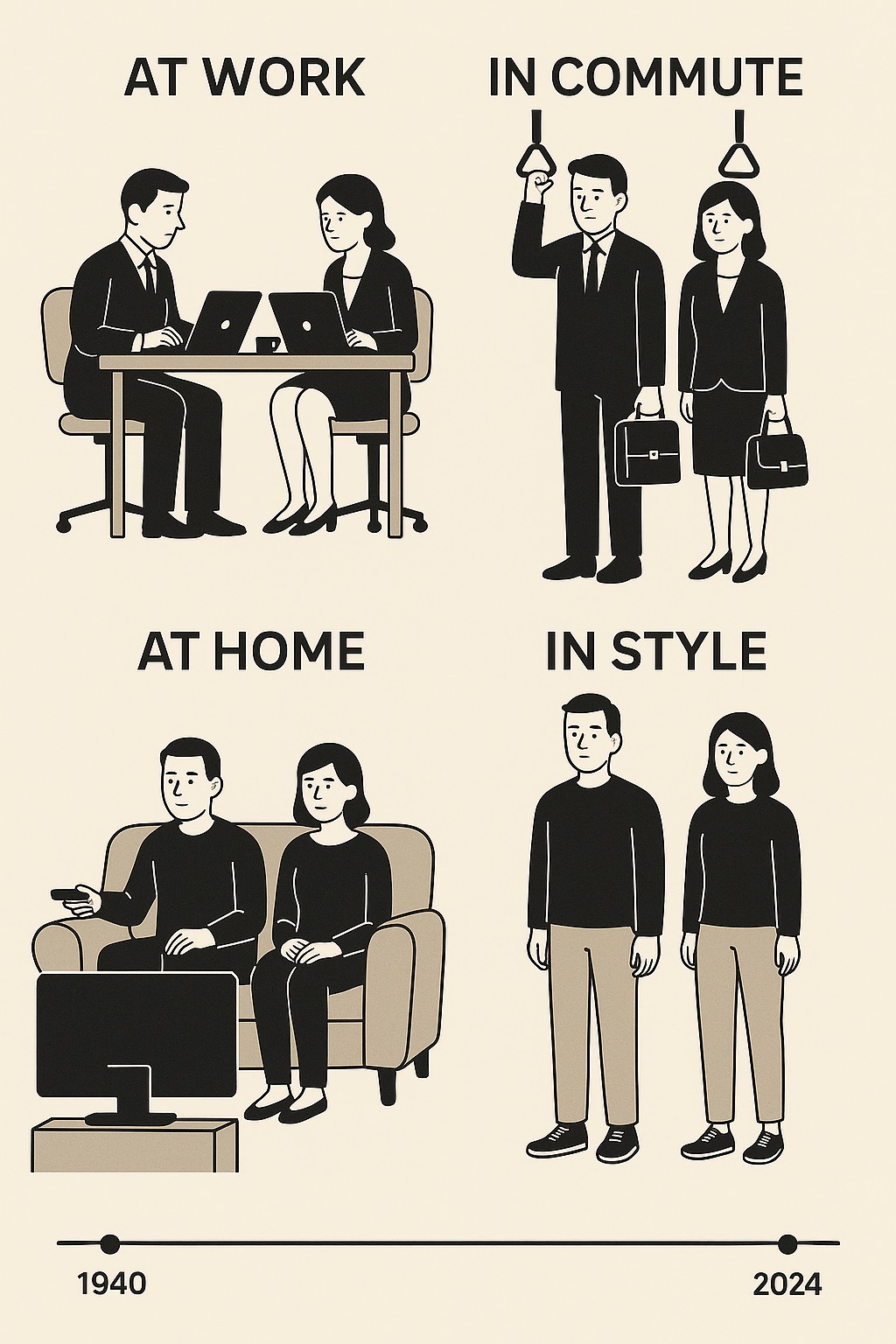
The modern world told men and women to become equals.
They listened.
But nobody told them not to become identical.
In the effort to fight patriarchy (good), we accidentally flattened the spectrum of gender energy (oops). The end result? Emotional roommates who love each other dearly — but make love with the enthusiasm of tax season.
So What Now?
We don’t need to regress into Mad Men masculinity or Stepford femininity. But maybe we need to ask:
- What are we not expressing in the name of professionalism?
- What parts of polarity did we abandon that still matter in intimacy?
- Can we build relationships that celebrate complementary energies, not just job descriptions?
It’s not about going back to “men are this” and “women are that.”
It’s about creating spaces where contrasts can breathe.
Because attraction is not a meeting of resumes — it’s a collision of difference.
Final Thought: Attraction Needs Art, Not Symmetry
Men and women don’t need to be opposites in war.
But in love?
A little tension, contrast, and surprise wouldn’t hurt.
We’ve optimized life so well that we forgot — romance was never meant to be efficient.
It was meant to be electric.
So maybe it’s time to ditch the monochrome modernity and bring back some spark, some play, and dare we say it — some opposites.
Join DropD Network!
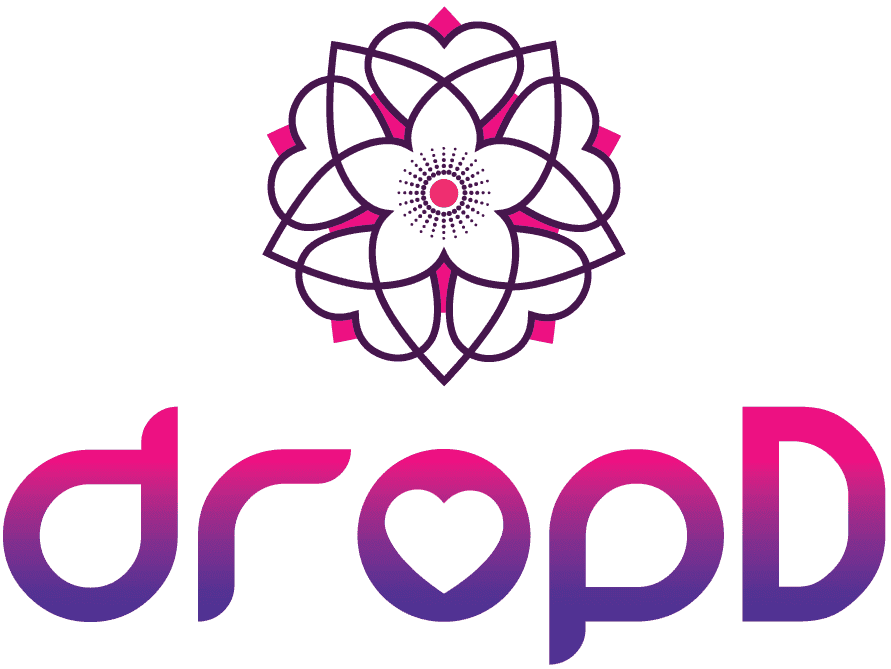
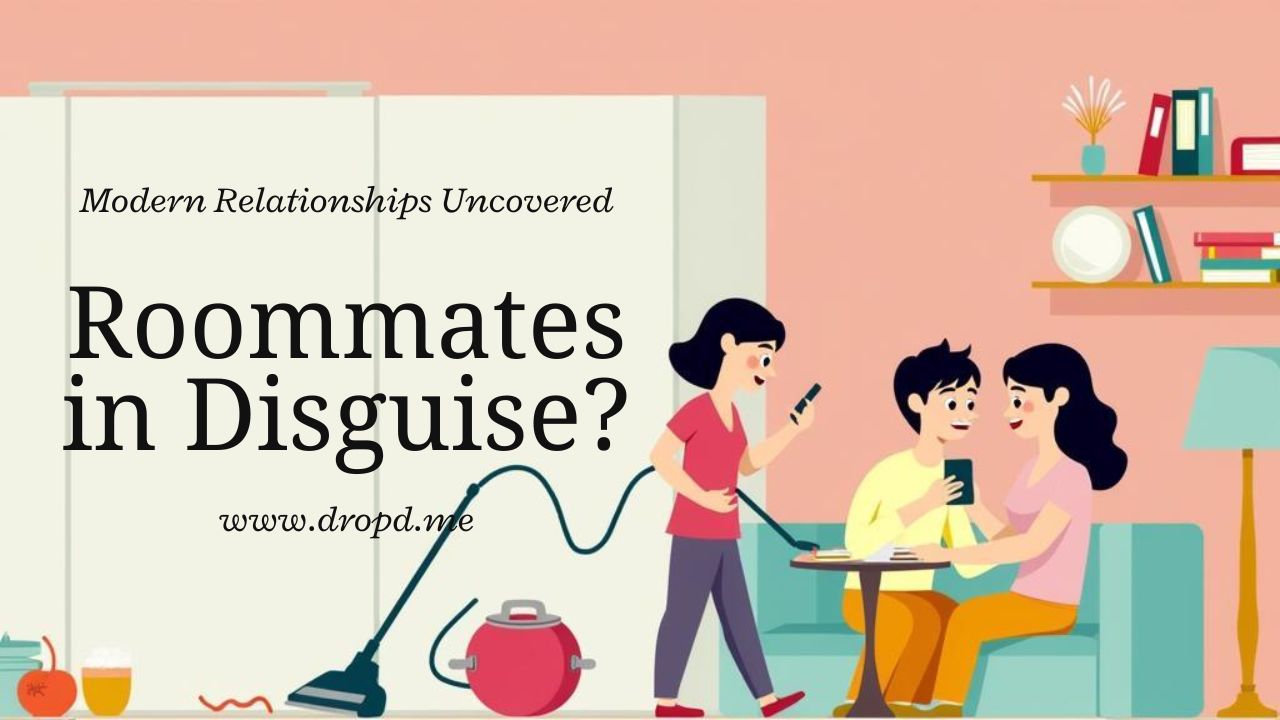
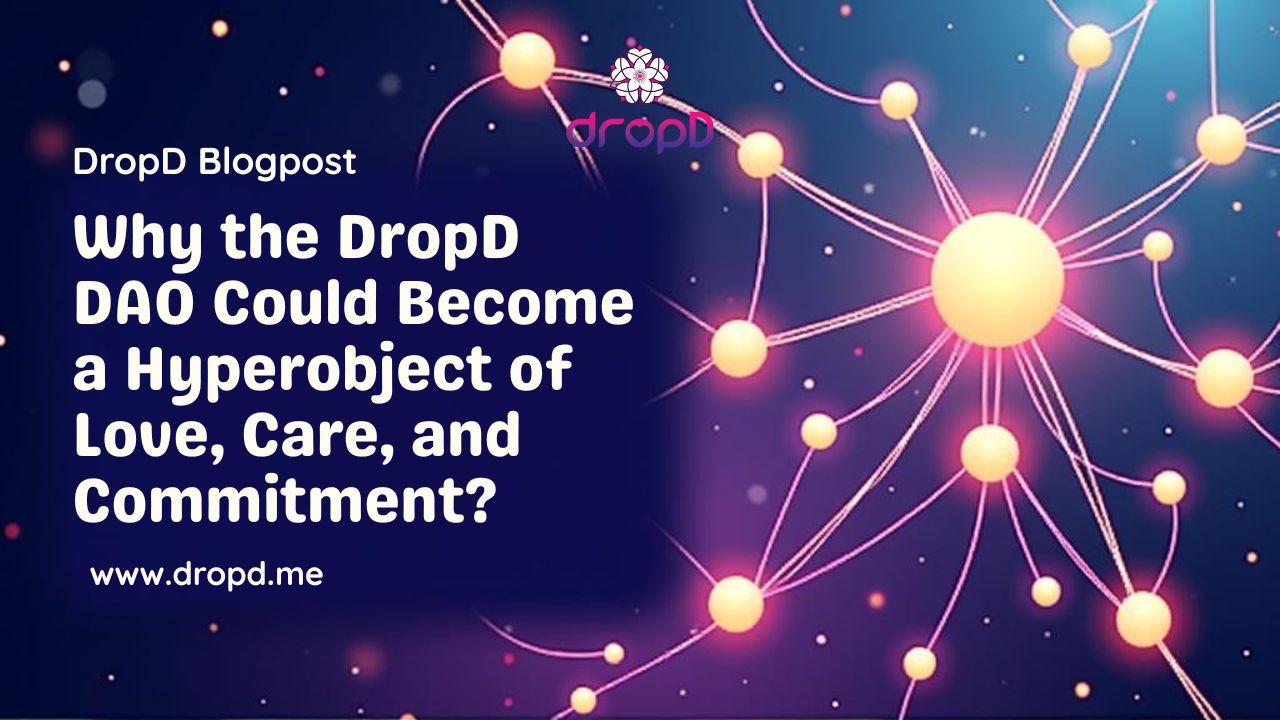
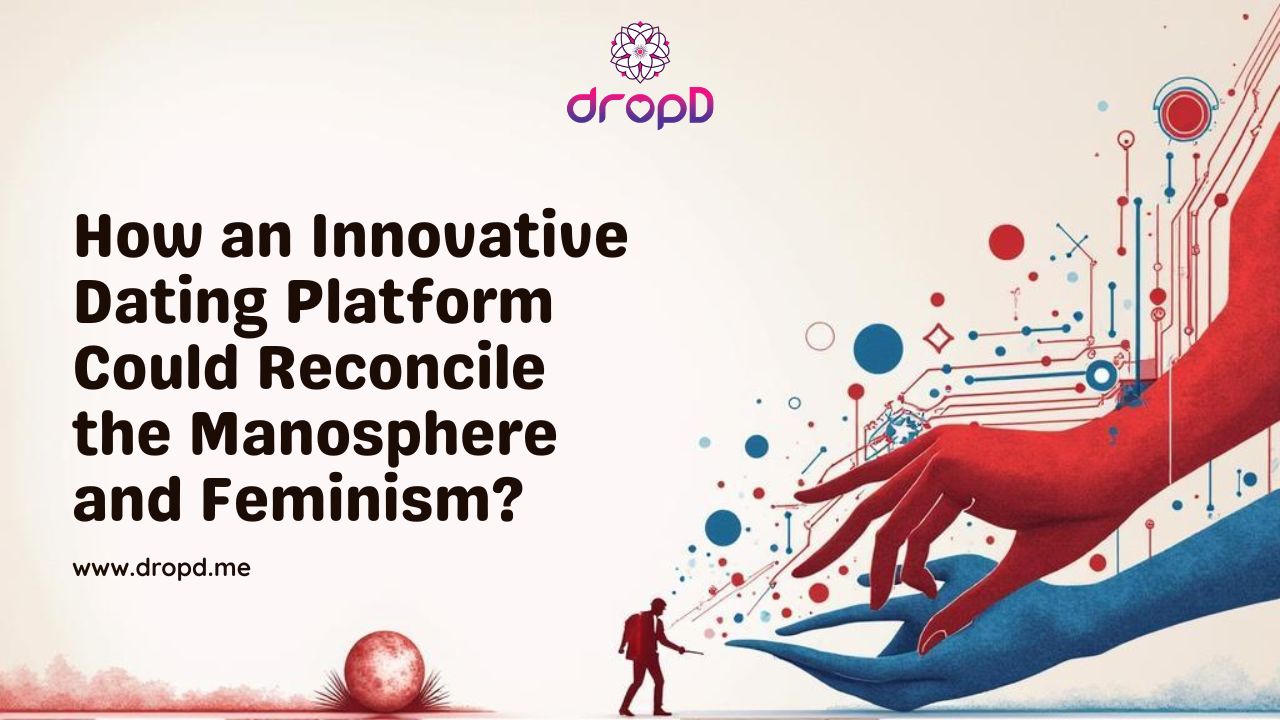
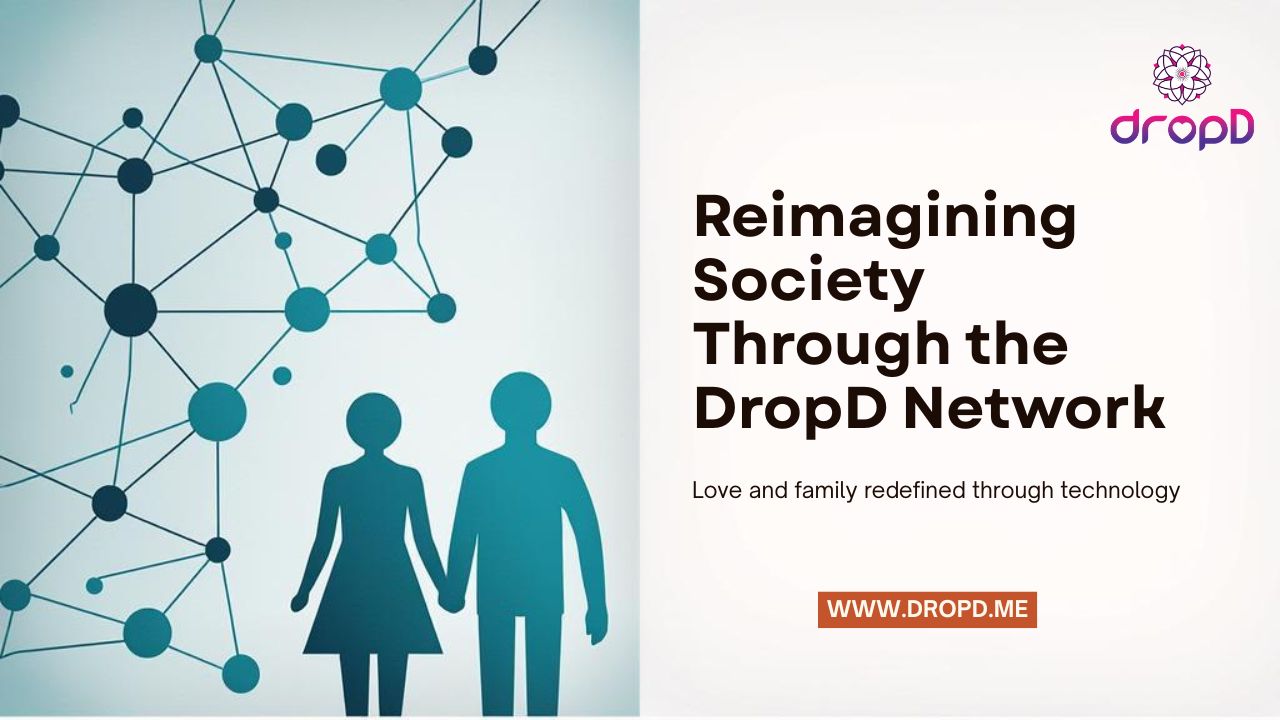
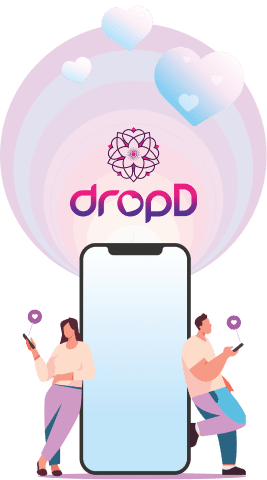
Leave A Comment